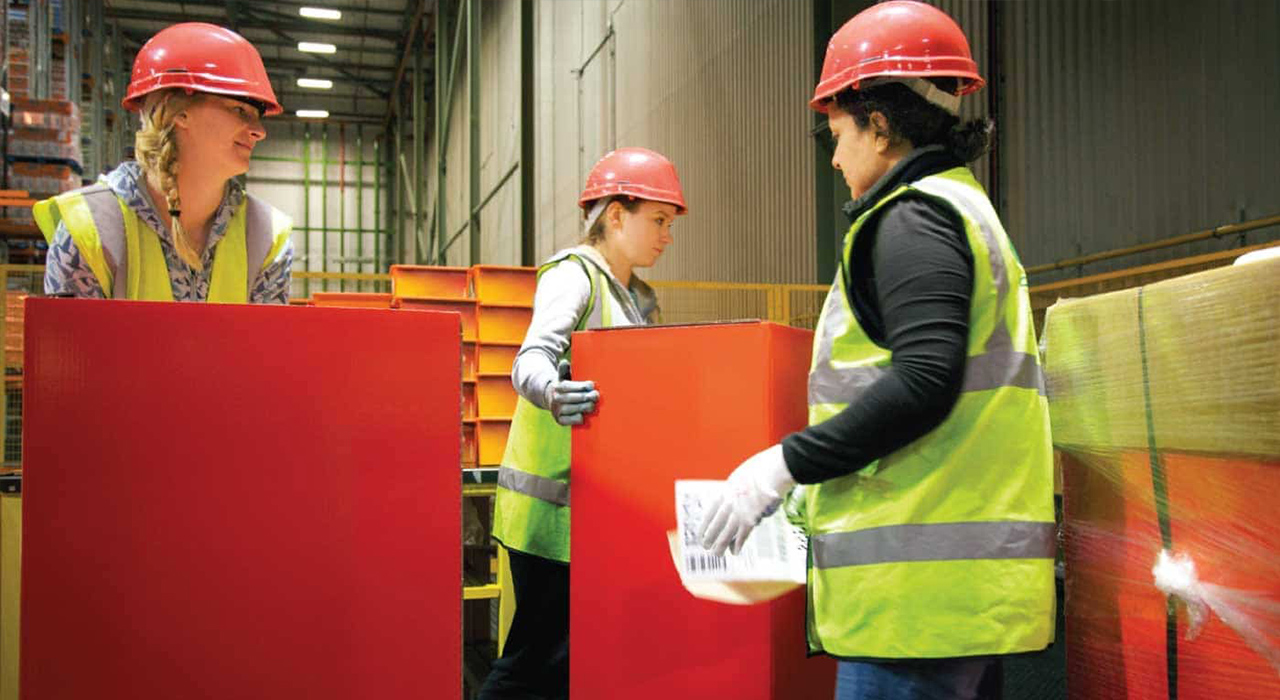- Read Time: 1 min
 As an employer, you must protect your workers from the risk of injury from hazardous manual handling in the workplace. Manual handling means transporting or supporting a load by hand or bodily force. It includes lifting, putting down, pushing, pulling, carrying or moving loads. A load can be an object, person or animal.
As an employer, you must protect your workers from the risk of injury from hazardous manual handling in the workplace. Manual handling means transporting or supporting a load by hand or bodily force. It includes lifting, putting down, pushing, pulling, carrying or moving loads. A load can be an object, person or animal.


 You can avoid hazardous manual handling operations by:
You can avoid hazardous manual handling operations by: Assess the risk of injury from any hazardous manual handling operations that cannot be avoided. You should consider the task, the load, the working environment and individual capability, for example:
Assess the risk of injury from any hazardous manual handling operations that cannot be avoided. You should consider the task, the load, the working environment and individual capability, for example: Some tasks are low risk and don't need formal assessment. There are simple filters to help you distinguish low-risk tasks from those which need a more detailed assessment. We also have risk assessment tools to help you identify high-risk handling operations and prioritise action to control the risks:
Some tasks are low risk and don't need formal assessment. There are simple filters to help you distinguish low-risk tasks from those which need a more detailed assessment. We also have risk assessment tools to help you identify high-risk handling operations and prioritise action to control the risks: Measures to control risk will vary depending on the task. Reduce the risk of injury from hazardous manual handling operations you can't avoid. Where possible, provide mechanical help, for example a sack trolley or hoist. Where this is not reasonably practicable, explore changes to the task, the load and the working environment. If manual lifting is the only option then there are things you can do to reduce the risk, including:
Measures to control risk will vary depending on the task. Reduce the risk of injury from hazardous manual handling operations you can't avoid. Where possible, provide mechanical help, for example a sack trolley or hoist. Where this is not reasonably practicable, explore changes to the task, the load and the working environment. If manual lifting is the only option then there are things you can do to reduce the risk, including: Training can be important in raising awareness and reducing risk, but it won't ensure safe manual handling on its own. You should first design the manual handling operations to be as safe as reasonably practicable. You should also monitor and review procedures to make sure workers understand and apply them.
Training can be important in raising awareness and reducing risk, but it won't ensure safe manual handling on its own. You should first design the manual handling operations to be as safe as reasonably practicable. You should also monitor and review procedures to make sure workers understand and apply them.